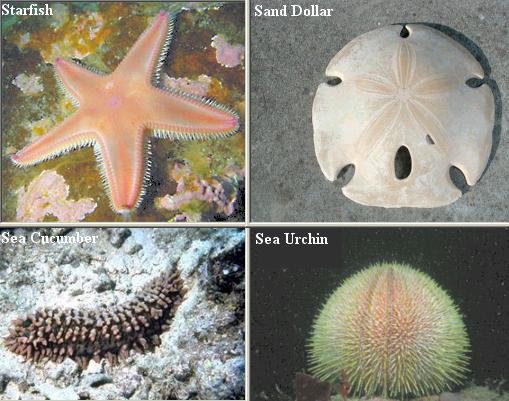 |
They are radially symmetrical, in contrast to vertebrates; they have no internal skeleton, no trace of any of the three major chordate characters of notochord, nerve cord, or gill slits, and they have many peculiar and complicated organs of their own. But the embryology sheds an unexpected gleam of light. The early embryo of the echinoderm is a tiny creature, which floats freely in the sea water. Unlike the adult, the larva is bilaterally symmetrical, suggesting that the radial symmetry of the starfish is a secondary affair, assumed when the ancestors of these forms look up a sedentary existence. Then, too, the type of development of certain of the body cavities is identical with that found in the embryos of some primitive vertebrates. It is believed that the bilateral larva developed types which retained the original symmetry, and gradually evolved into the chordates and, finally, the true vertebrates.
|

